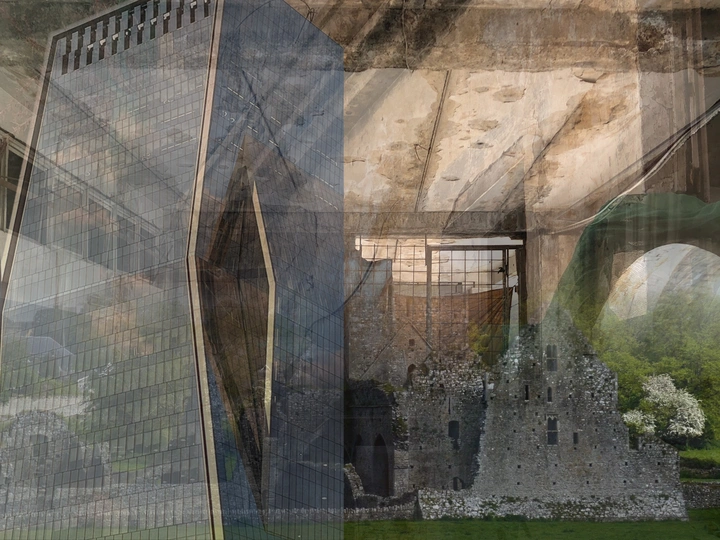"untitled" within the production of ruins

Alexandre Markiewicz Fernandes
Since graduating, I have also started a few different collaborative practices.
one of them with a friend who is a student at FAU USP, the Faculty of Architecture and Urbanism at the University of São Paulo.
We have already registered for the Noordelicht Biennial 2025 with our research and image creation,
and we are currently working on a landscaping project for a private client, with a sauna and social area,
in a remote location in the state of São Paulo, Brazil.
Basically, the focus of our collaboration so far has been to research the production, concept and history of ruins
and also to closely observe movements such as modernism and postmodernism in architecture in relation to the contemporary production of ruins.
Our intention is to apply this research to our professional work to date, both when applying for grants and when working for private clients.
Using means to translate our work and ideas, such as: texts and diagrams, photographic production and collages, 3D models,
technical drawings, 3D topographic maps, structural and materiality research, site analyses, and so on.
A Ruin contains rupture and the hidden prediction of abandonment of space in time.
We have never been so far from seeing the relevance of survival in built/urban spaces. Paradoxically at the same time we have never required so much to acknowledge the need to survive in all environments.
When ruins come into existence, they allow us to see the values of life changing over time and further exposing us to a rupture. Nowadays, we eliminate the real (life as space that generate survival). A building becomes an interface that consumes the space-time of the urban fabric. In Brazil, this digital consumption reveils the dominant aspirations of wealthy minorities over popular culture.
This still is colonial intangible heritage.
So we ask, what is the connection of ruins and technological developments?
The built environment starts to exist mainly to stock data, to produce “the digital”. In that sense, are cities still for (human) life?
The rupture of real-life-dialogues (sustained by artificial technology) produces a space that doesn’t match real time-space existence and needs. Therefor our real-life-dialogues have already become ruins. Their functions are nowadays designed for the digital, leaving the human environment with an aesthetic and thematic construction only.